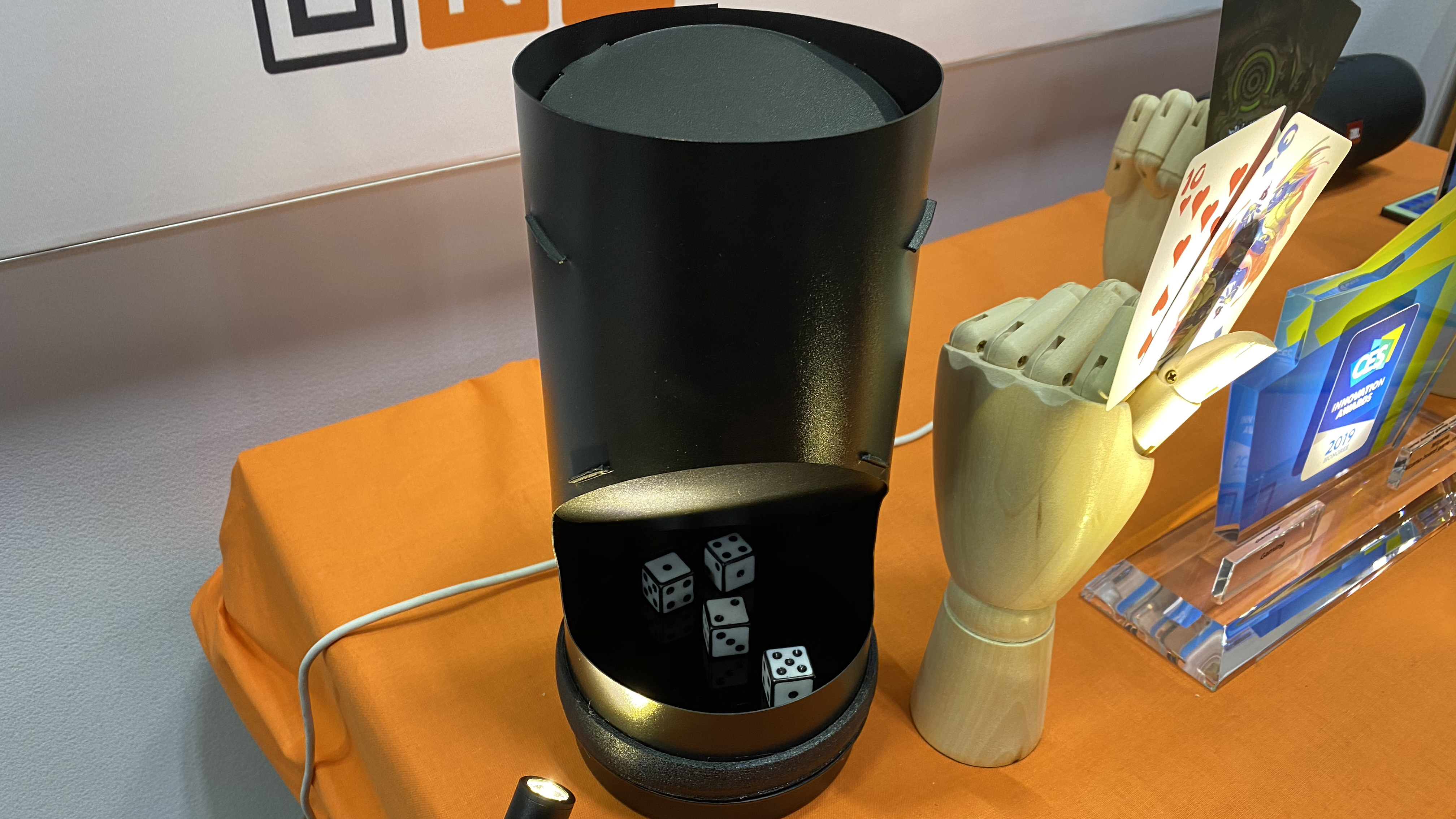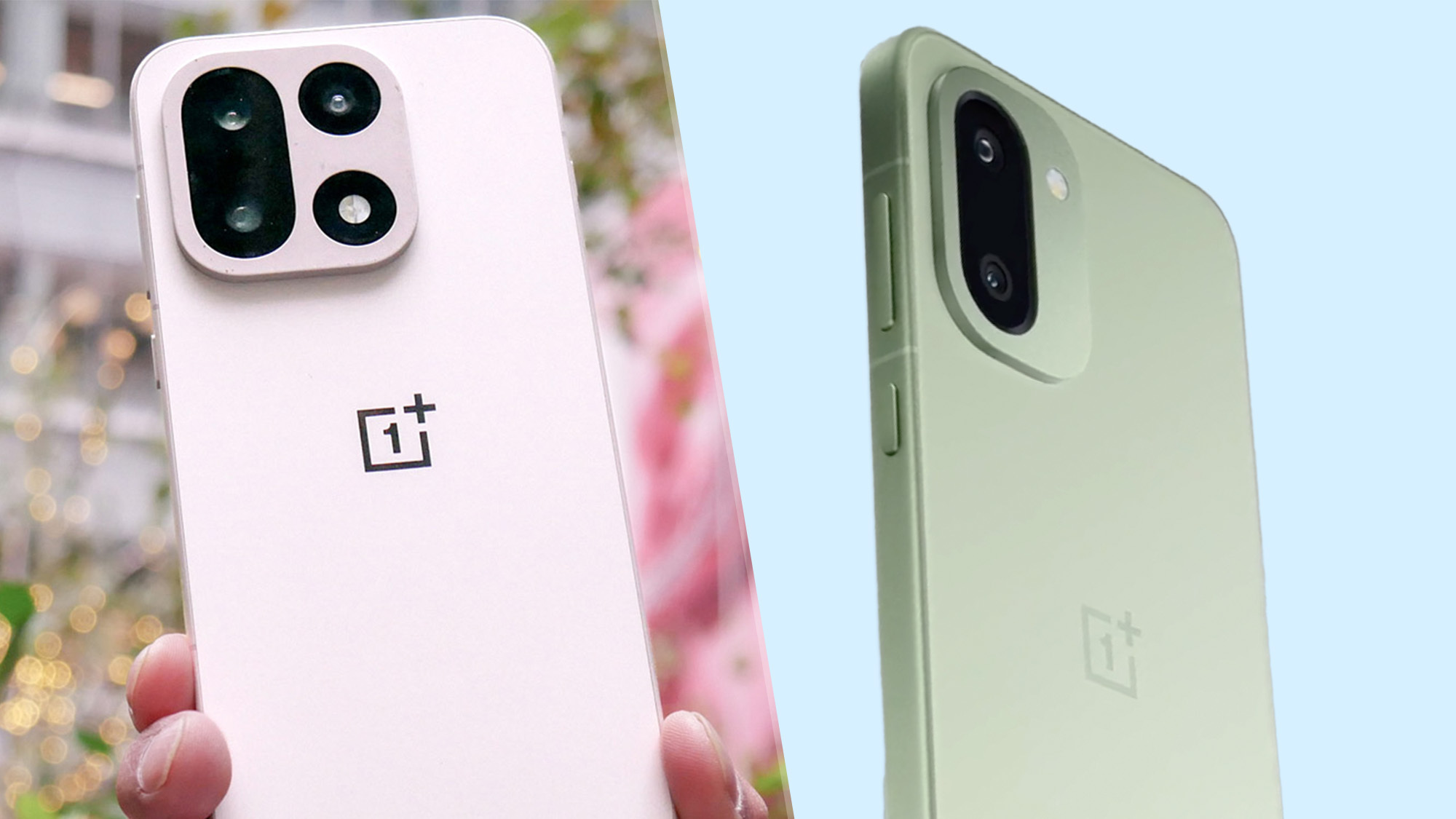SquareOne wants to be your all-digital board game collection
This game console adds lights, sounds and online play to the board gaming experience

LAS VEGAS — While I find board games very enjoyable, I don’t play a lot of them these days. That’s mostly because the people I want to play them with aren’t nearby, and so any impulsive desire to get out the cards and plastic figurines can only be met if there’s been some major schedule negotiations first.
The SquareOne by Wizama aims to fix this, as a one-of-a-kind board gaming game console. It first debuted at CES 2019, but it returned this year with a trio of playable demos that I got to try out this past week.
The basic idea of the SquareOne is to allow people to play games together remotely, including if they’re in different countries, since the console is compatible with 32 different languages and can display different languages for different connected users if needed. It uses a 17-inch LCD touchscreen display and four internal speakers to breathe life into the games it runs. The SquareOne also contains a built-in battery for easy portability, and it comes bundled with various included pawns, figurines and cards to play with.
Many of the accessories I saw were custom-made for Wizama’s own games, but there is a deck of standard playing cards that can have multiple potential users, and the Wizama team told me that you can easily play whatever you like with the included pieces. Wizama is also working with other game developers to expand its library of available downloadable games in future. These you can store on the SquareOne’s internal drive (64 or 128GB), aided by 2GB RAM and the option of cloud storage.

When I sat down at Wizama’s booth to play with three other conference goers, we began with Chromacy. This is a strategy game about controlling spaces on a board, and fighting with other players for their territory with a simple highest-wins card battle system. This doesn’t show off the SquareOne at its best, but it does demonstrate how board games can be made more visually interesting. The board is able to keep track of how many spaces you've moved, and it can read the cards you use to fight, playing out an attack/defense animation when you and your target have made your choices.
Your dice rolls are also automatically registered by the console via Bluetooth and NFC, provided you toss the die into the compatible dish. Wizama is also working on a dice tower, which looks a lot more attractive and will also apparently feature optical recognition of the dice’s values. Hopefully, that will mean it’ll be easier to make more compatible dice rather than having to use the six-sided one that comes with the SquareOne.

The second demo game, and the one which had me most excited, was A.R.M.S of Genesis, a deck-building fantasy RPG game that had the flavor of a premade Dungeons and Dragons campaign, except with dialog options and cut-scenes like a proper video game. I didn’t get to play this one, but I was shown how you can move your character around the board to interact with the environment, the different cards that the character classes get access to, the opening scene of the game with an NPC quest-giver, and a brief look at the final boss of the area, a ferocious-looking monster with crab legs and a nasty-looking axe.
Get instant access to breaking news, the hottest reviews, great deals and helpful tips.

Wizama is focussing a lot of its marketing on the social aspect of the SquareOne, and with role-playing games such as this, it offers a beautiful vision of playing your gaming group’s latest custom DnD campaign without having to travel anywhere. Plus the board comes with a save/load option, meaning setting up and putting away your game will be easy and fast.
The final game in our demo was Cosmo Squabble, a real-time game of dodging lasers with your pawn-controlled spaceship and blasting your opponent back, with various powerup cards helping spice up the basic shooting. It was here where you can spot the technical limitations that SquareOne is still struggling with — specifically latency and sensitivity. The on-screen spacecraft was noticeably behind where I was moving the playing piece, and I found it hard to find the exact spot where the SquareOne would read the physical cards and give me the powerup.

Wizama is not selling the SquareOne just yet, although it is due for release early this year (initially via Kickstarter) at an expected price of $499. That’s a large amount of money for gaming gear — you can buy one and two-thirds of a Nintendo Switch console for that price, or an Xbox One X or PlayStation 4 Pro with some money left over for a game or two. But being able to attract more potential players with the dynamic visuals and audio, or getting more playtime with other users thanks to the remote play capabilities is something board gamers will definitely want in on. All I can say is, assuming Wizama is able to iron out the few creases in the user experience before the launch day, I’d certainly be tempted.
Be sure to check out our CES 2020 hub for the latest news and hands-on impressions out of Las Vegas.

Richard is based in London, covering news, reviews and how-tos for phones, tablets, gaming, and whatever else people need advice on. Following on from his MA in Magazine Journalism at the University of Sheffield, he's also written for WIRED U.K., The Register and Creative Bloq. When not at work, he's likely thinking about how to brew the perfect cup of specialty coffee.
